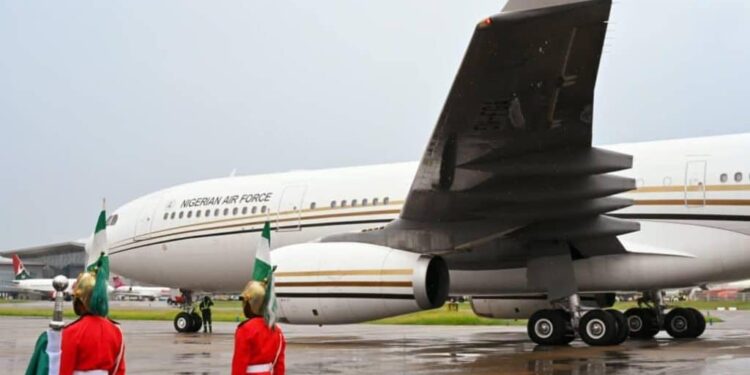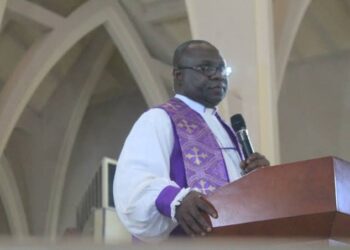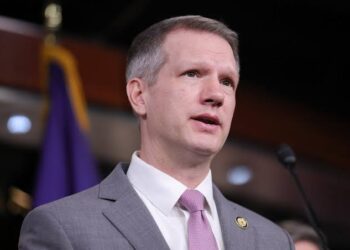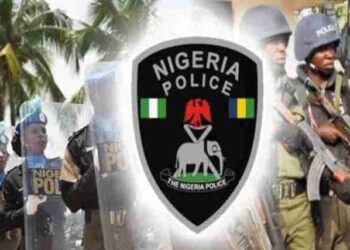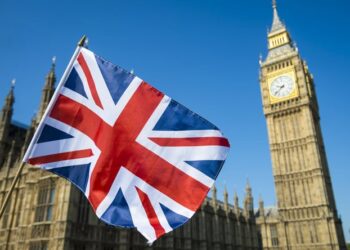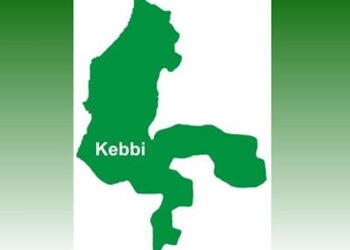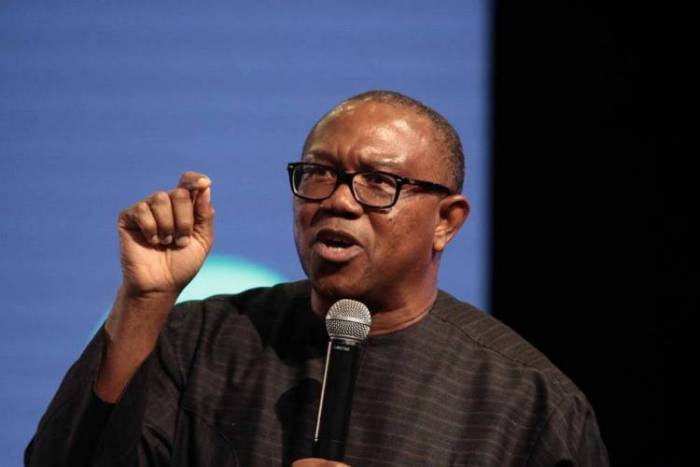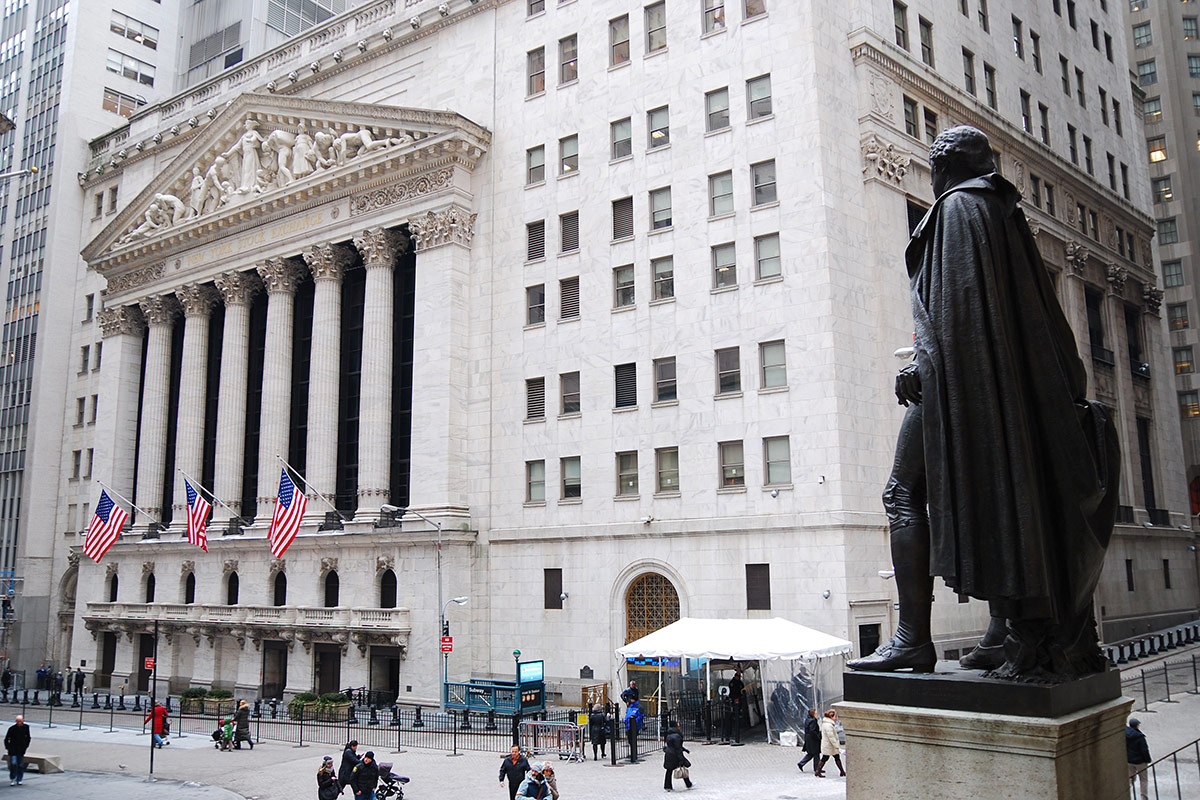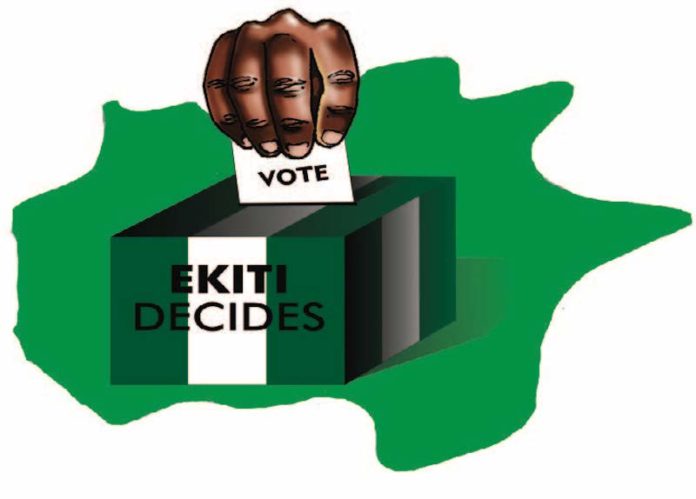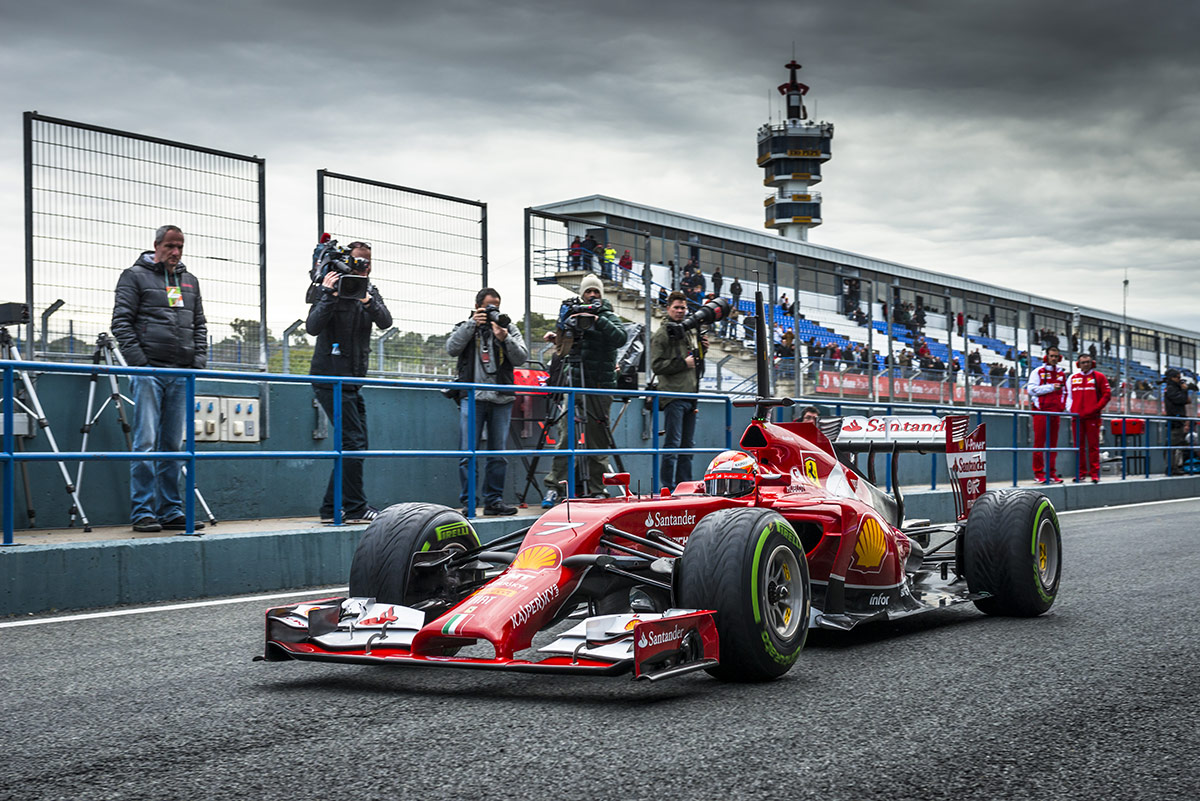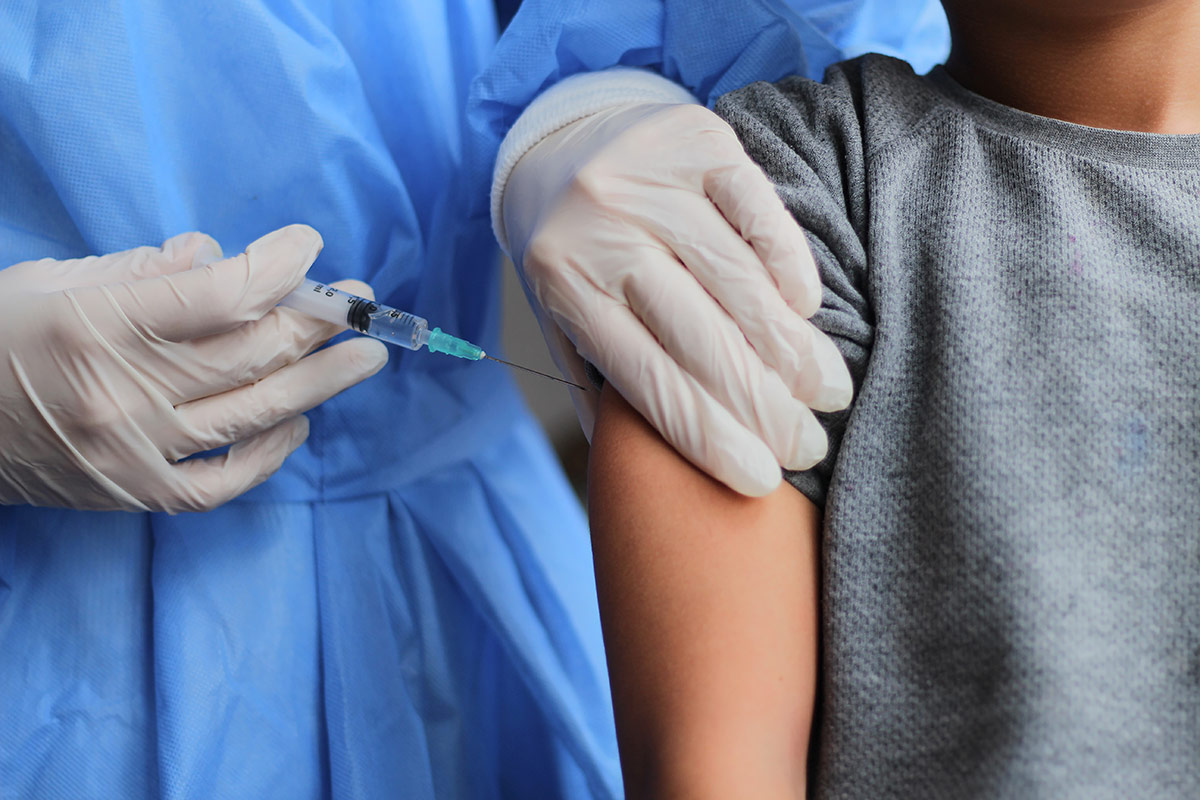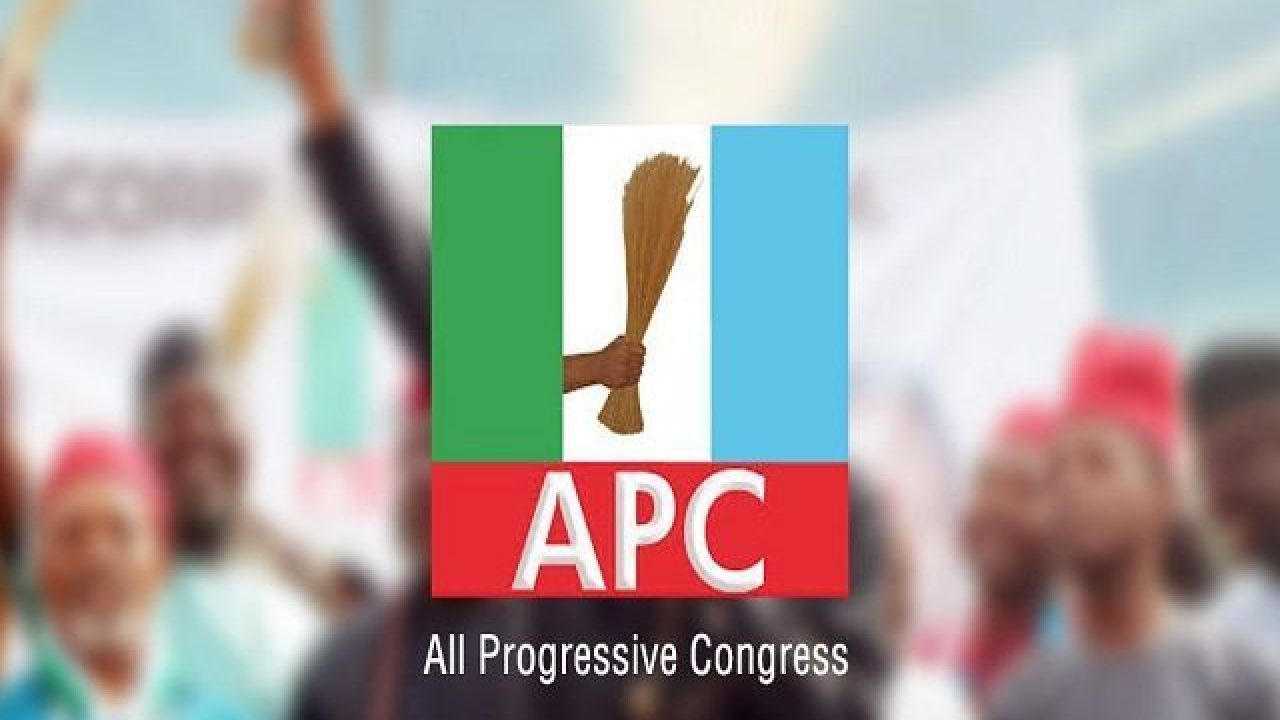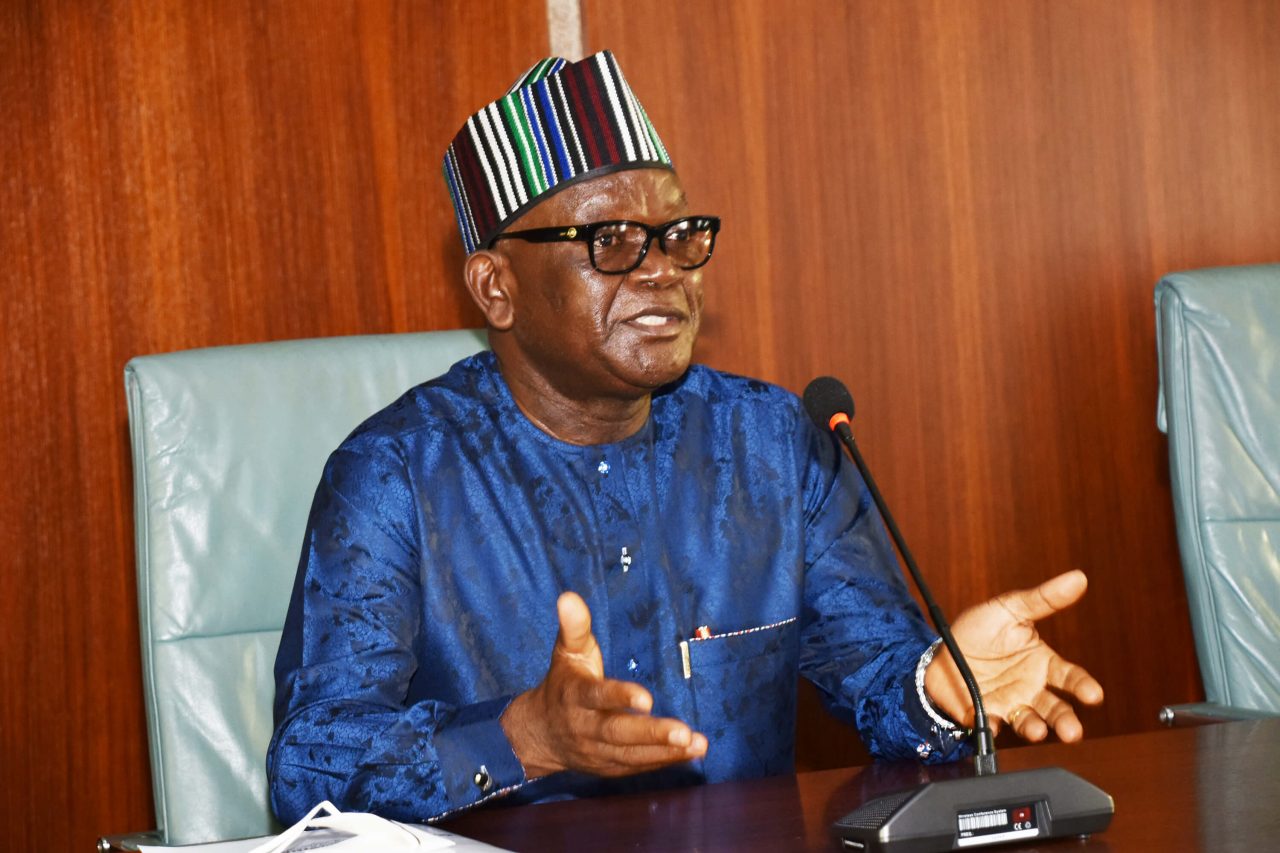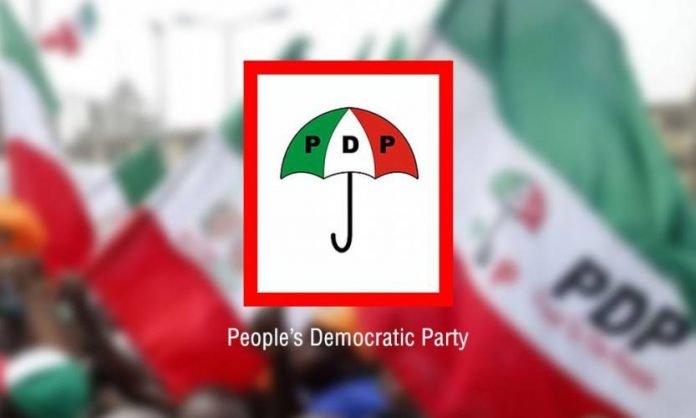Nigeria’s newest presidential aircraft has returned to Abuja after completing a months-long refurbishment in South Africa, with the refurbished Airbus A330-200 now ready to resume official duties as Eagle One.
The 15-year-old jet was spotted on Wednesday at the Nnamdi Azikiwe International Airport, displaying Nigeria’s official green-white-green livery following its extensive makeover. Aviation-tracking platform @Abuja Aviation shared images on Thursday showing the aircraft with tail number 5N-FGA stationed at the Presidential Wing.
The aircraft’s transformation includes clean green-white-green stripes across the fuselage and the Nigerian Air Force emblem positioned near the cockpit. Ground personnel were observed attending to the jet, though its engines remained covered with red caps, indicating it was not being prepared for immediate departure at the time of observation.
A presidency official, speaking on condition of anonymity, confirmed the aircraft’s return after the completion of painting and interior modifications. “Yes, they have returned the aircraft after the painting and minor touch-ups to the inside,” the official stated, adding that the jet would resume service following standard acceptance checks by the Nigerian Air Force’s Presidential Air Fleet.
President Bola Tinubu wasted no time utilizing the newly returned aircraft, boarding it on Friday for his official visit to Kano State. The President is also scheduled to travel to Ogun State in the coming days for condolence visits to the family of the late Awujale of Ijebuland, Oba Sikiru Adetona, who passed away on July 13 at age 91.
The presidential Airbus was acquired in August 2024 for $100 million, approximately ₦150 billion, from a European leasing firm. It was subsequently sent to South Africa in May 2025 for comprehensive refitting and repainting after being grounded for approximately three months.
During the aircraft’s absence, President Tinubu relied on a San Marino-registered Boeing Business Jet, T7-NAS, for both domestic and international travel. Sources indicated that the refurbishment involved more than cosmetic changes, with the livery update being necessary to replace the jet’s commercial colors with Nigeria’s VIP design standards required for Eagle One designation.
The wide-body aircraft, registered under the Nigerian Air Force 001 Squadron, features luxury amenities including a master bedroom, shower facilities, conference room, and a secure communications suite. Presidential spokesperson Bayo Onanuga previously described the aircraft as “spacious and furnished with state-of-the-art avionics, customised interior and communications system.”
The A330’s technical capabilities represent a significant upgrade from the previous presidential aircraft. Its 13-hour range enables non-stop flights from Abuja to major global destinations including New York and Beijing, eliminating the fuel stops required by former President Muhammadu Buhari’s aging Boeing 737.
While officials have not disclosed the exact cost of the repainting work, industry estimates suggest a full exterior repaint of an Airbus A330 typically ranges between $190,000 and $320,000, depending on design complexity. Nigeria’s relatively simple green and white color scheme likely placed the project at the lower end of this range.
The return of the A330 marks the retirement of the 20-year-old Boeing 737-700 BBJ acquired for $43 million in 2005 under former President Olusegun Obasanjo. The older aircraft, previously criticized as a “money guzzler” due to escalating maintenance costs, is now listed for sale in Switzerland through JetHQ, a U.S.-based aircraft brokerage.
Nigeria’s Presidential Air Fleet remains one of Africa’s largest, comprising approximately 11 aircraft. The fixed-wing fleet includes a 13-year-old Gulfstream G550, Gulfstream G500, two Falcon 7Xs, a Hawker 4000, and a Challenger 605, though three of the seven fixed-wing aircraft are reportedly unserviceable. The rotor-wing fleet consists of two Agusta 139 and two Agusta 101 helicopters, all operated by the Nigerian Air Force under National Security Adviser supervision.
Despite previous pledges by both the Buhari and Tinubu administrations to reduce fleet size for cost-efficiency, the A330 acquisition continues to generate debate given Nigeria’s ongoing economic challenges. However, officials maintain that the modern aircraft will deliver significant savings in fuel and maintenance costs compared to the older fleet.

